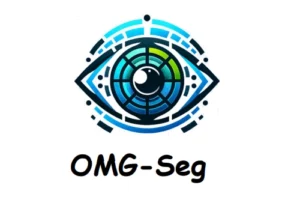A breakthroughs in text-to-3D technology by achieving significant milestone is here! Unveiling LucidDreamer, a trailblazing model to generate 3D consistent image from text.
This innovative and trailblazing model is presented by Yixun Liang, Xin Yang, Jiantao Lin, Haodong Li and Yingcong Chen from HKUST and Zhejiang University.
LucidDreamer is a text-to-3D generation framework. Through Interval Score Matching (ISM) and an Advanced 3D Distillation pipeline, shapes and high-fidelity texture was extracted from pre-trained 2D diffusion models. With the help of these models superior quality 3D generation results was achieved having photorealistic quality in less time.

The model takes textual input and generates output in the form of 3D image. It generates the 3D images based on meaningful hint and textual cues. The generated output 3D content are highly consistent. It surpasses in producing realistic and detailed appearance such as hair texture.
In the digital environment, digital 3D assets have become essential, facilitating the visualization, understanding, and interaction with intricate objects. The generation of 3D becomes a challenge as it needs extra effort, time and expertise.
DreamField trained NeRF with CLIP guidance, is the pioneer in text-to-3D distillation but output was not satisfactory. Through DreamFusion, 3D model was trained based on 2D knowledge of diffusion model. This model improves the performance of text-to-3D in several ways. MVDream and ProlificDreamer are among the models that generate text-to-3D image. These models showed significant improvements but require longer training stage. The cornerstone of text-to-3D generation relies on the diffusion model, offering guidance and oversight for the 3D model.
Some of the prior state-of-the-art models including Magic3D, Fantasia3D and ProlificDreamer showed better performance but these models required multi-stage training, which is not necessary in LucidDreamer. This technique decreases training cost and also maintain a simple training pipeline.
Nuts and Bolts of LucidDreamer
In this research, the researchers presented deep analysis of Score Distillation Sampling (SDS) as it is an important component in text-to-3D generation and also identified the limitations that provide low-quality and inconsistent results. Interval Score Matching (ISM) was also proposed due to SDS’s limitations. Through invertible diffusion paths and interval-oriented matching, ISM demonstrates superior performance compared to SDS, delivering exceptionally realistic and intricate outcomes. Integration of 3D Gaussian Splatting in LucidDreamer showed outstanding performance, exceeding current techniques while requiring a lower training process.
The model LucidDreamer is applicable in the field of augmented and virtual reality, education, online conferences, architecture, animation, gaming and movie industry. The research paper of LucidDreamer demo is available on HuggingFace, its research is available on Arxiv whereas, code of this model is open-source and is available on GitHub.
Why LucidDreamer is effective?
After extensive experiments with original stable diffusion method and other fine-tune threshold, the results showed that LucidDreamer generates highly consistent 3D content with the help of contextual cues. The model generates realistic and detailed output, preventing the problems related to excessive smoothness or oversaturation such as hair texture and character portraits.
LucidDreamer framework can be further expanded to produce pose-specific avatars by employing the Skinned Multi-Person Linear Model (SMPL) before the initialization of 3D Gaussian point cloud for the generation of Zero-shot Avatar. This framework can also be combine with LoRA with personalized techniques. With the help of this, the model learn to tie the styles or subjects to a string and generate images of styles or subjects. This method can create personalized things or humans with fine-grained details. This model can edit a 2D image or 3D representation in a conditional distillation manner, as ISM provides consistent update directions based on the input image, guiding it towards the target condition.
A novel approach Interval Score Matching (ISM) was introduced which helps in consistent and reliable guidance. ISM prevents the challenges related to over-smoothing and produce a intricate output. LucidDreamer surpasses all the existing models. Its superior performance paves the way for a broad spectrum of practical applications of text-to-3D generation.
References
Similar Posts
-
Chinese Company DeepSeek Releases DeepSeek-Coder a LLM for Code Generation

-
Alibaba’s Mobile-Agent: A Smart Mobile Assistant
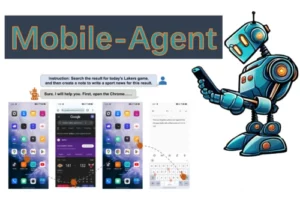
-
Grounded SAM: A Unified Model for Diverse Visual Tasks
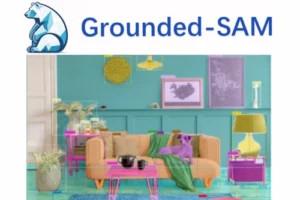
-
Gaussian Head Avatar: High Quality Head Avatar Generator
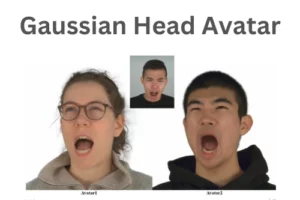
-
Google DeepMind’s AlphaGeometry: Without Assistance Solving Olympiad Geometry Problems
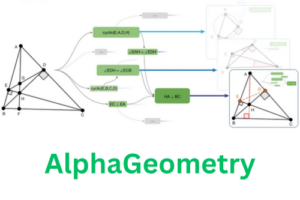
-
OMG-Seg: A Unified Segmentation Model
